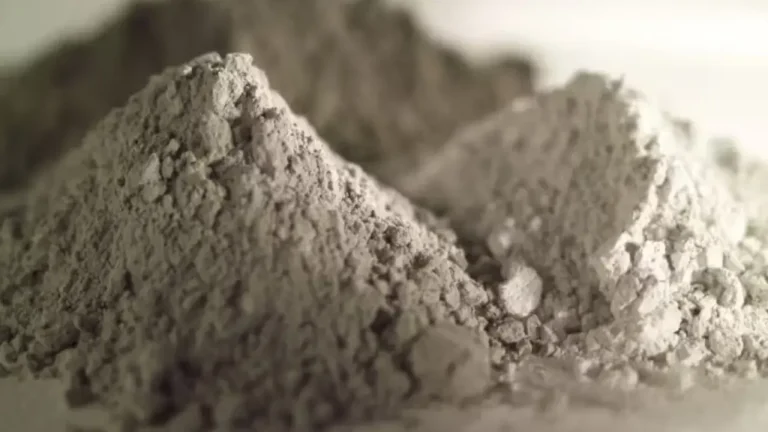Researchers from Southeast University in China and Purdue University have developed an innovative cement that can actively cool buildings by reflecting sunlight and radiating heat, potentially revolutionizing urban construction and climate change mitigation.
This “supercool cement” maintains surface temperatures up to 5.4°C (9.7°F) cooler than the surrounding air under peak sunlight, reducing the need for traditional air conditioning. The key lies in microscopic crystals of a natural mineral called ettringite embedded in the cement surface, which act like tiny mirrors reflecting solar radiation and releasing heat into the atmosphere.
Buildings currently account for about 40% of global energy use and CO2 emissions, and urban areas often suffer from “heat island” effects that raise temperatures and increase cooling demands. This new cement could alleviate both challenges by keeping structures cooler naturally, leading to significant energy savings and carbon footprint reductions.
Remarkably, the cement can be produced at a lower cost than conventional Portland cement and withstands harsh environmental conditions without losing its cooling performance or structural strength. Life cycle analyses suggest it could even achieve net-negative carbon emissions over its lifespan.
Experts believe widespread adoption of this technology on urban rooftops and infrastructure could substantially cut air conditioning costs—by 11-12% in some regions—and play an important role in battling global warming.
This breakthrough marks a promising step toward sustainable, energy-efficient urban environments that combat climate change while enhancing comfort and reducing expenses.


